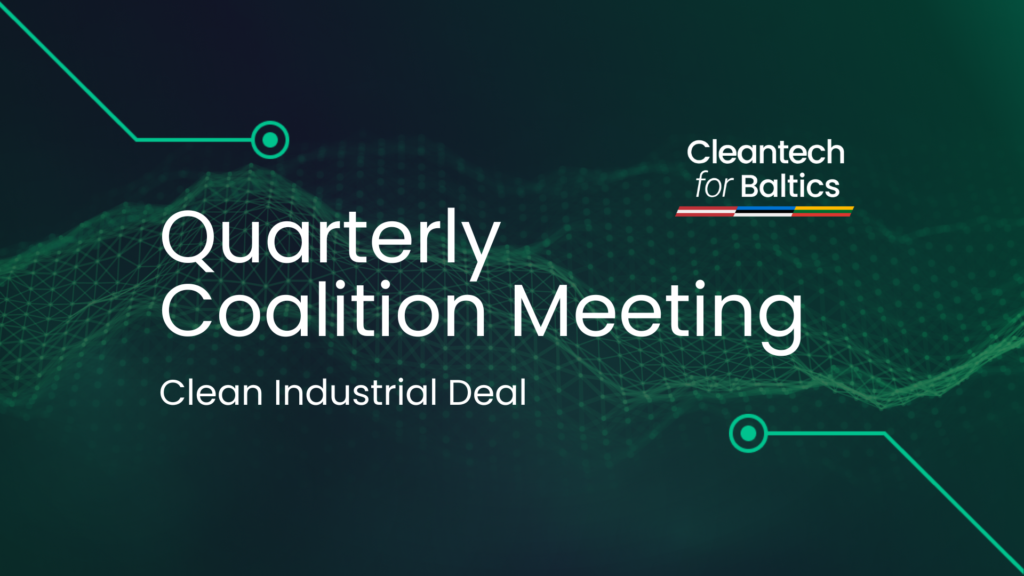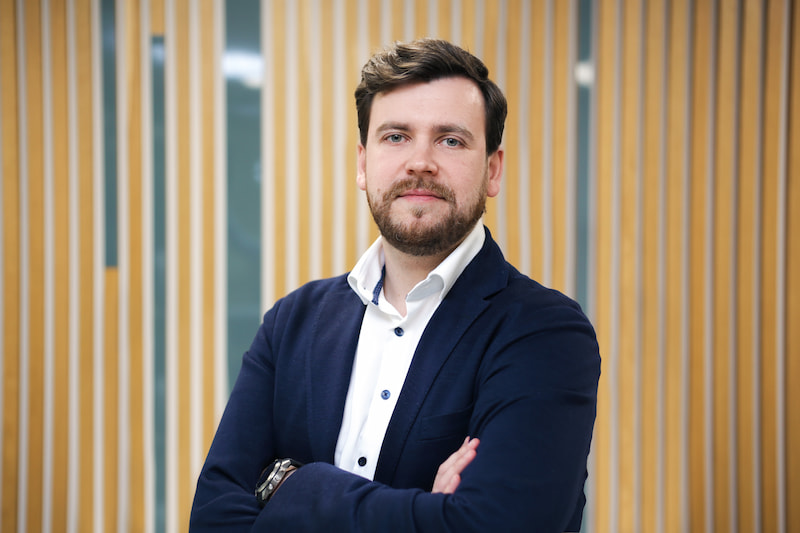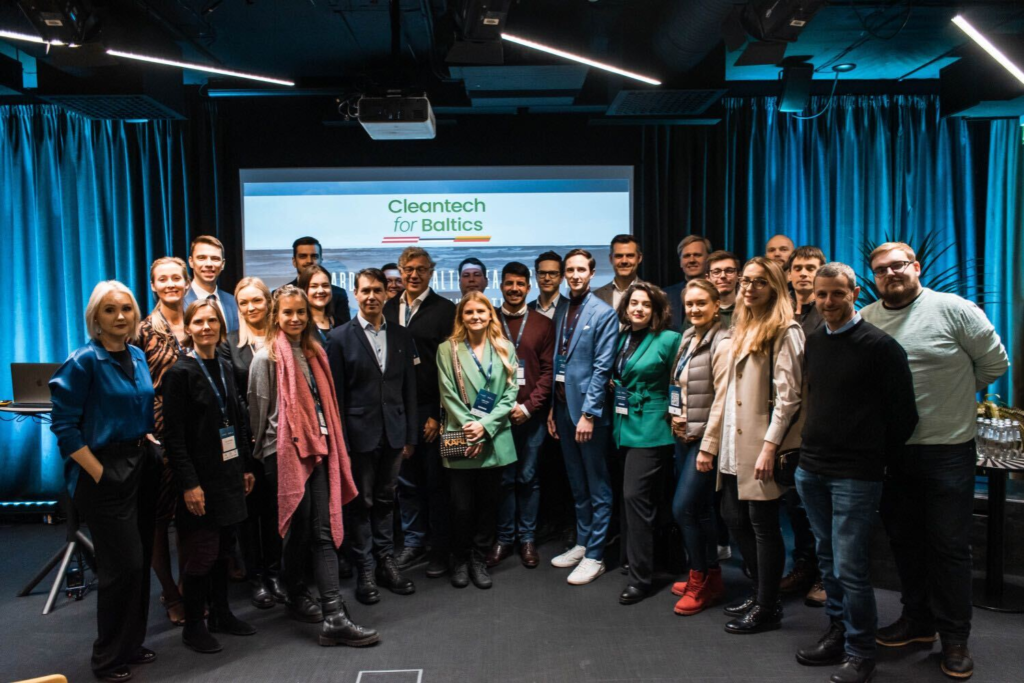- What are some of the latest technological innovations that you are developing in the area of hydrogen?
We are developing advanced nano-coatings for electrolyzer components to make green hydrogen production cheaper and more efficient. One of our key innovative projects is reducing the amounts of platinum group metals, such as iridium in proton exchange membrane (PEM) electrolyzers, which currently rely on this rare and expensive metal. Using our High-Speed Magnetron Sputtering (HMS) technology, we believe we can cut iridium usage by up to 10x, maintaining the performance. This would help lower the cost of green hydrogen production.
This project is supported by the EIC Accelerator grant we received, which funds the development of our catalytic coating technology and helps us scale production to meet industry needs.
- With Europe’s push toward net-zero emissions, what specific steps is Naco taking to contribute to this transition, and what role do you see hydrogen playing in this effort?
Naco contributes to Europe’s net-zero goals by enabling cost-effective and sustainable green hydrogen production. Through our advanced coatings, we reduce the dependency on critical raw materials and improve the efficiency of electrolyzers, making green hydrogen more accessible.
We also work to reduce the environmental impact of the coating process itself, leveraging our High-Speed Magnetron Sputtering technology for high material efficiency and low energy consumption.
Hydrogen will play a significant role in sectors where electrification is difficult, such as heavy industry, long-haul transport, and energy storage.
- How do current regulations and policy frameworks impact your work?
The EU’s strong support for hydrogen, through initiatives like the Hydrogen Strategy and the Green Deal, is a significant enabler for our work. Policies promoting green hydrogen production directly create demand for our innovative coatings, especially in the electrolyzer segment.
However, there is room for improvement:
- We hope to see faster standardization of electrolyzers and components to ease market entry and reduce costs for manufacturers.
- Incentives to encourage the adoption of material-efficient technologies like ours would further accelerate the green hydrogen transition.
- Simplifying grant processes and expanding R&D tax credits would help startups like Naco scale more quickly.
- What unique opportunities does the Baltic region provide for the company?
The Baltic region offers a growing interest in hydrogen production projects, driven by Europe’s push for clean energy and decarbonization. This creates opportunities for Naco to support the realization of these projects through collaborations with our clients, such as electrolyzer manufacturers and other hydrogen ecosystem stakeholders. By providing advanced coating solutions that reduce costs and improve efficiency, we can play a key role in enabling the local development of green hydrogen initiatives.
Additionally, the Baltic region’s strategic location within the EU provides access to European markets and funding programs like the EIC Accelerator, which helps us scale our innovations. While skilled talent in materials science and hydrogen technologies can be limited, we actively collaborate with research institutions and partners to develop expertise and drive innovation in the region.
This interview is part of our ongoing series spotlighting Cleantech for Baltics coalition members.









